Here is my pile of raccoon pieces and here is the basic hood shape for the raccoon (also the owl and fox). The face will be applied while this piece is still flat.
but ...
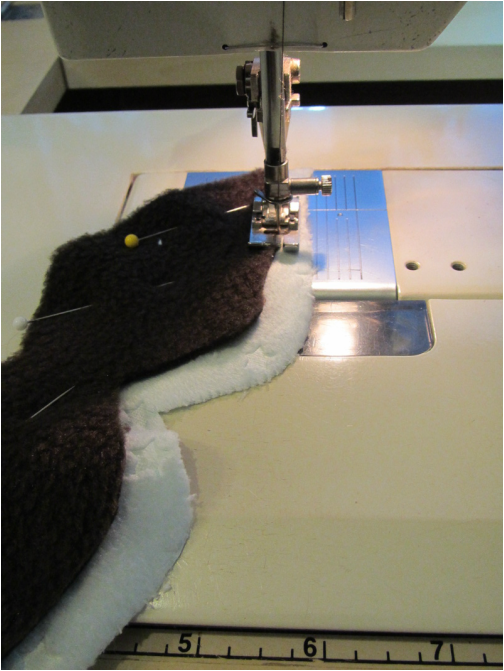
To prepare the eye mask unit, first layer the smaller dark piece over the larger light colored piece and neatly zig-zag along this one side.
Then trim away the excess of the light piece from the back as shown in the next photo.
Also, I want to point out the importance of eye placement. Back in the day, I worked on a few toys that were licensed by the Muppets and got to bring my prototypes to their workshop for critique and approval while I was working on them. They taught me that the best eye placement, to make a static toy face look "alive", is to have the eyes slightly crossed. This gives the impression the toy face is focusing on something not too far from him. It works!
but WAIT!!
I changed my mind one more time. LOOK!
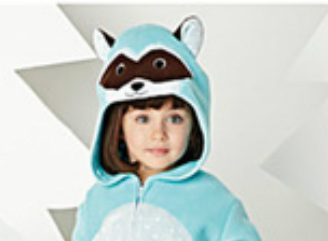
Yep, you guessed it. After agonizing whether to have that center face strip brown or blue. I decided to just get rid of it. By the time I finished the face, it was so complicated that I thought #1 it looked too busy AND #2 it was just getting too confusing to make a clear pattern for.
This required really careful stitch removal. Remember, everything on the face is zig-zagged. I am very good with a seam ripper. You would be surprised how often I change my mind or correct things while sewing final samples.
Partially, it's because I'm working fast and often go ahead to the final sample when maybe I should have done one more muslin. And, of course, when you sew ... things go wrong.
They just do.
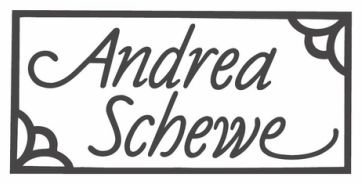
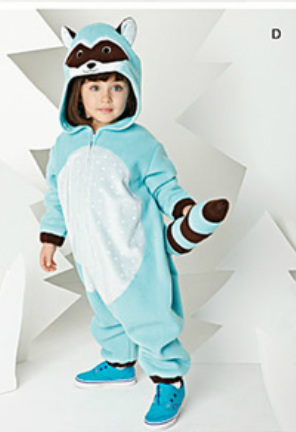
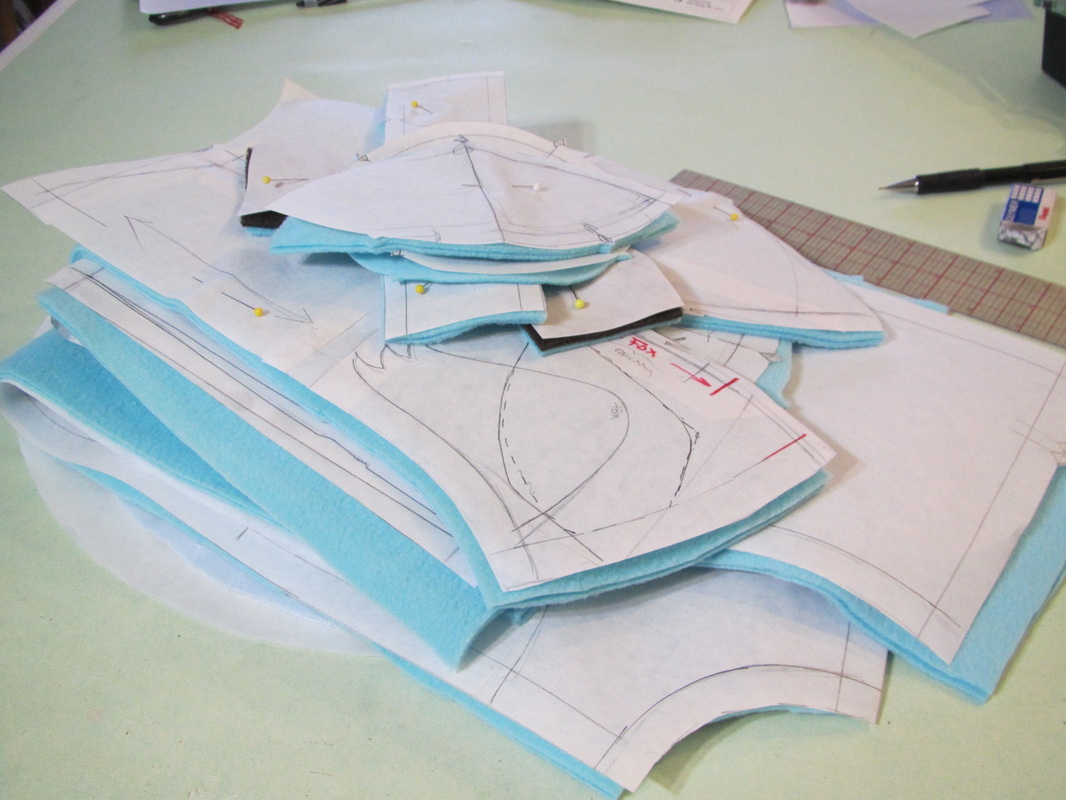
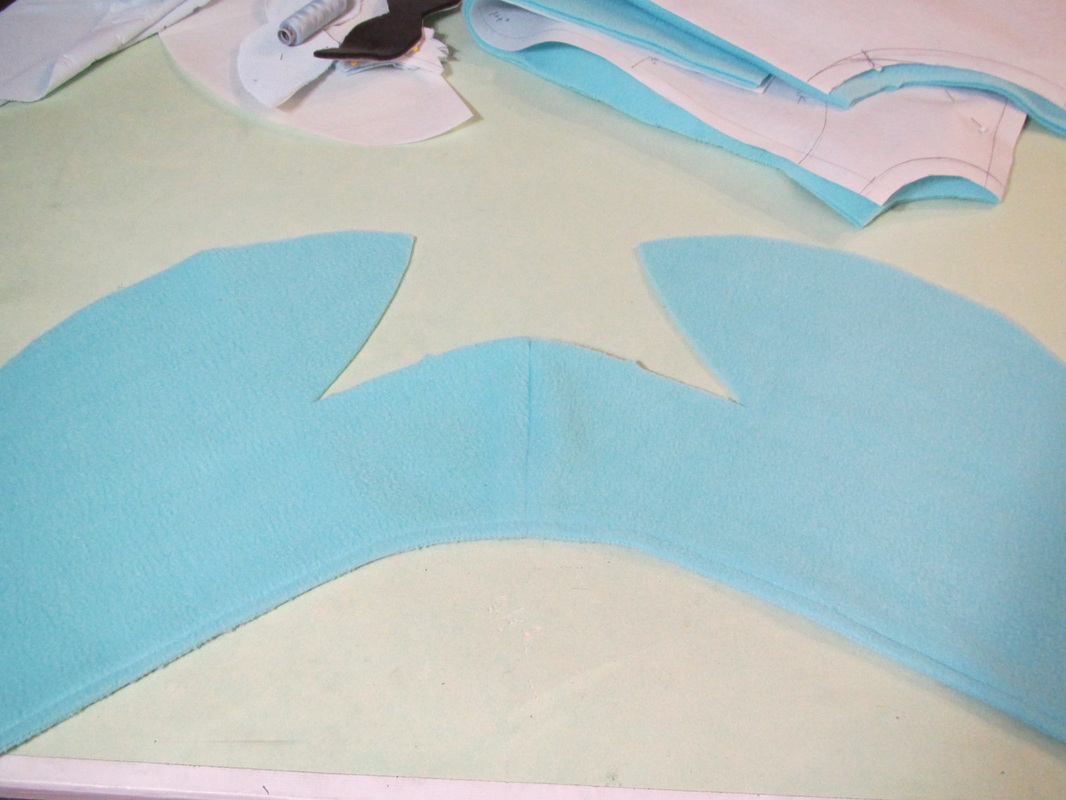
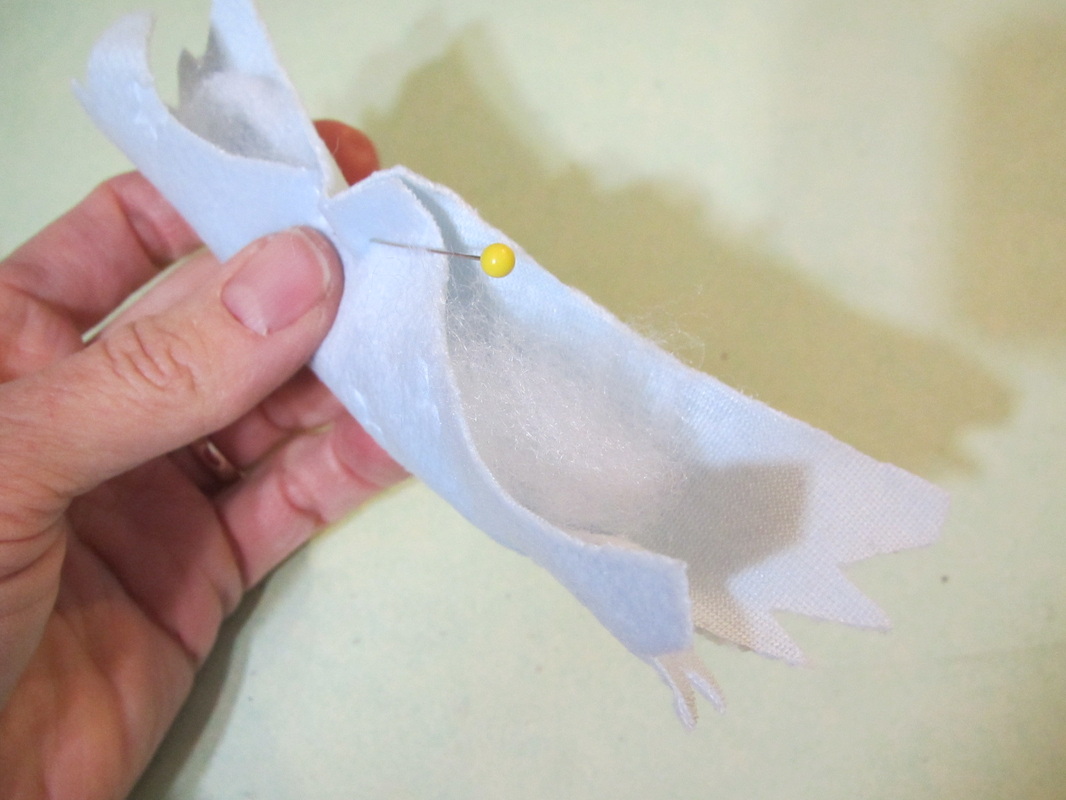
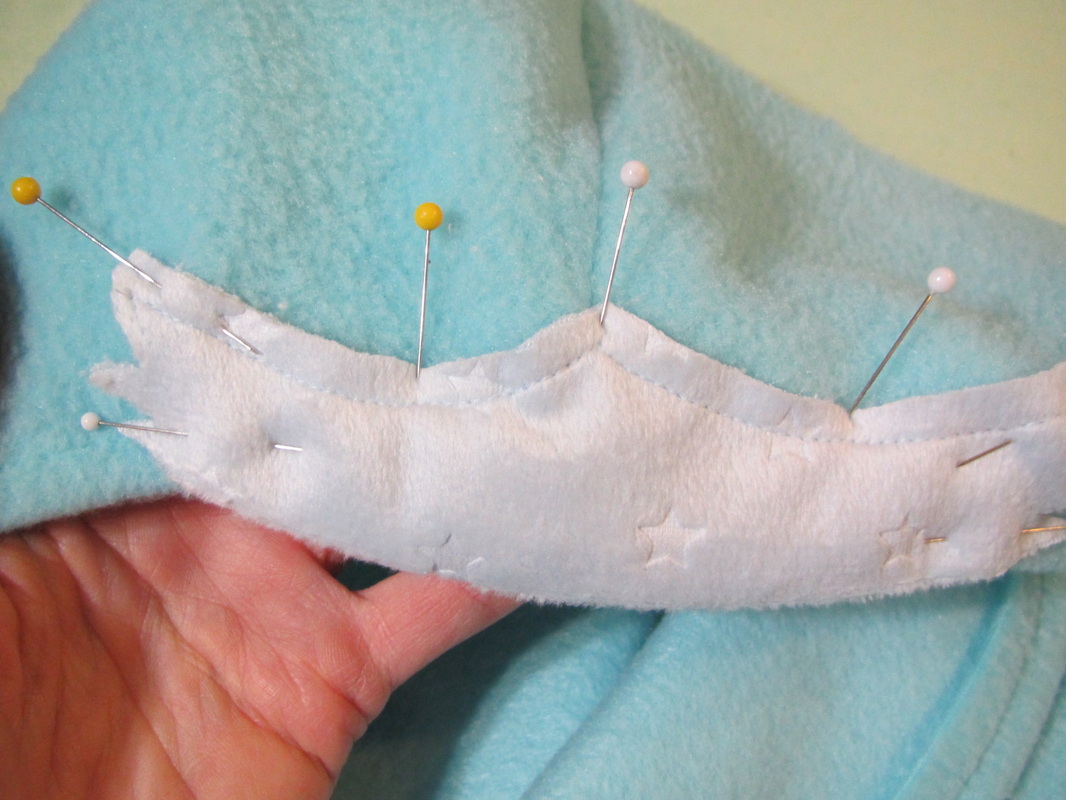
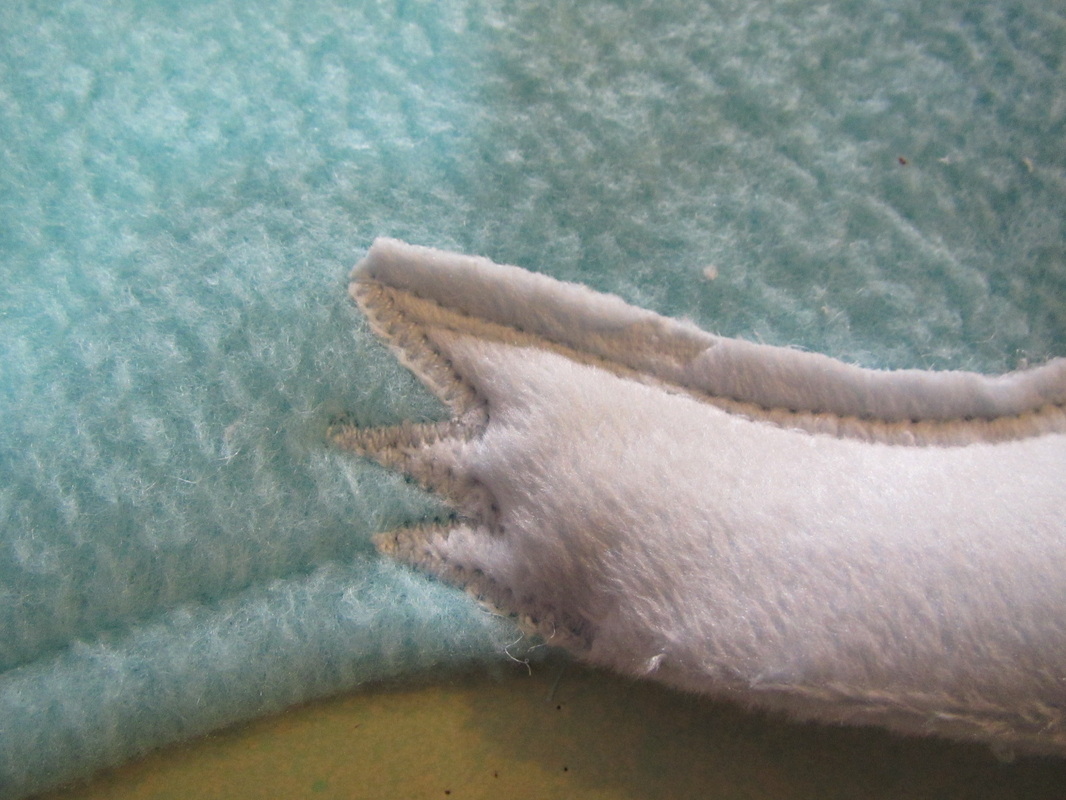
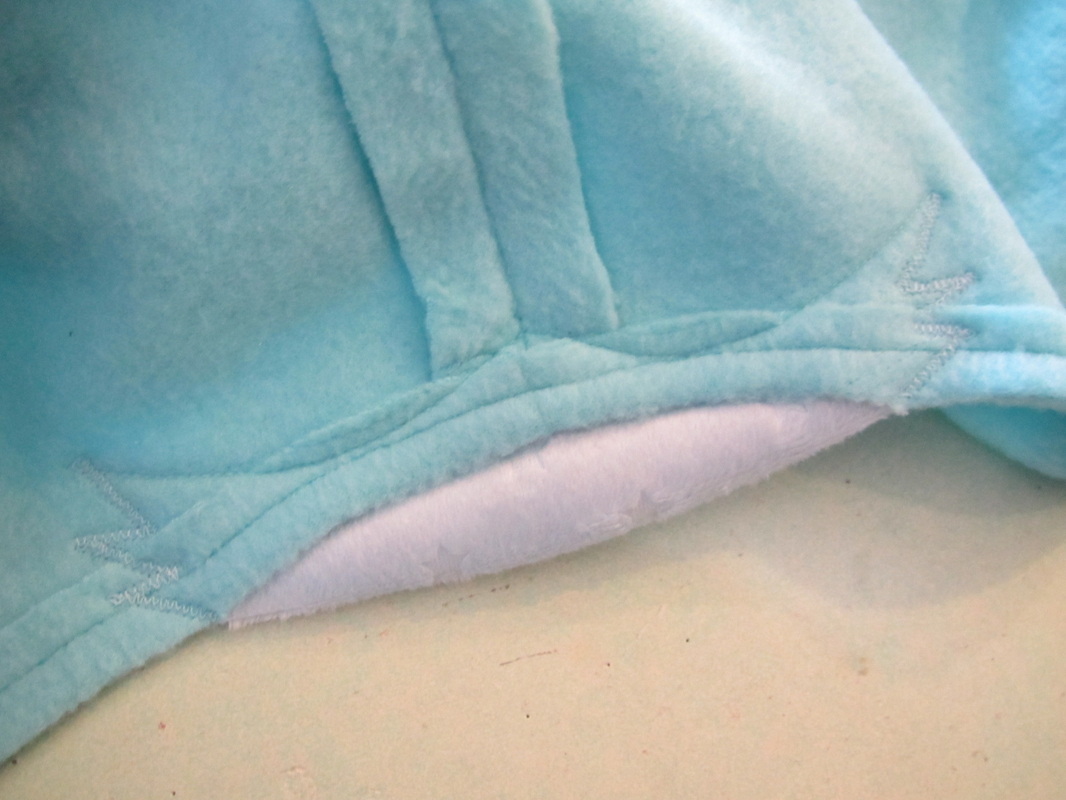
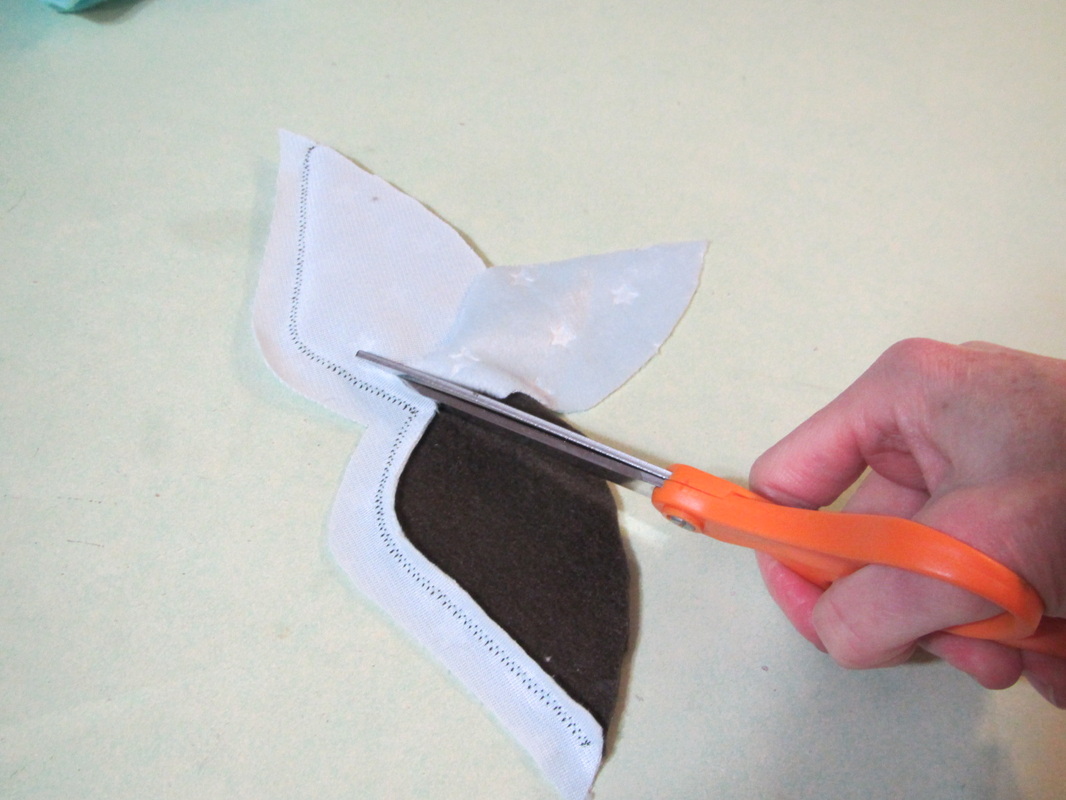
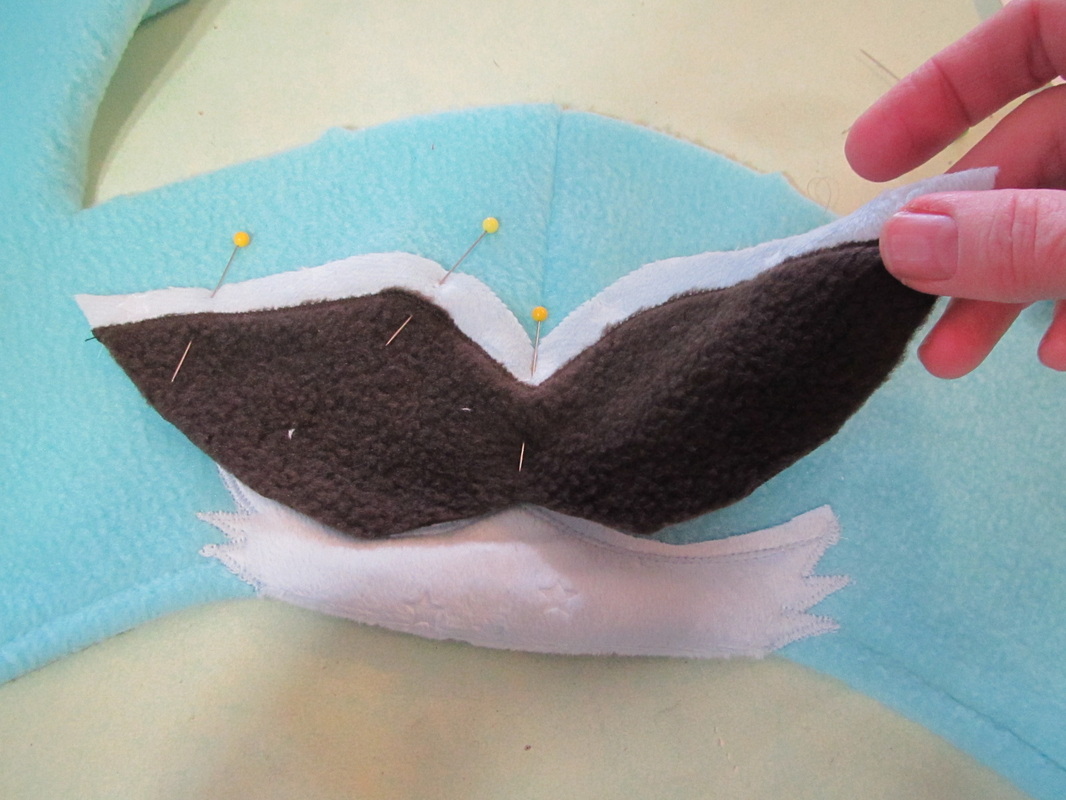
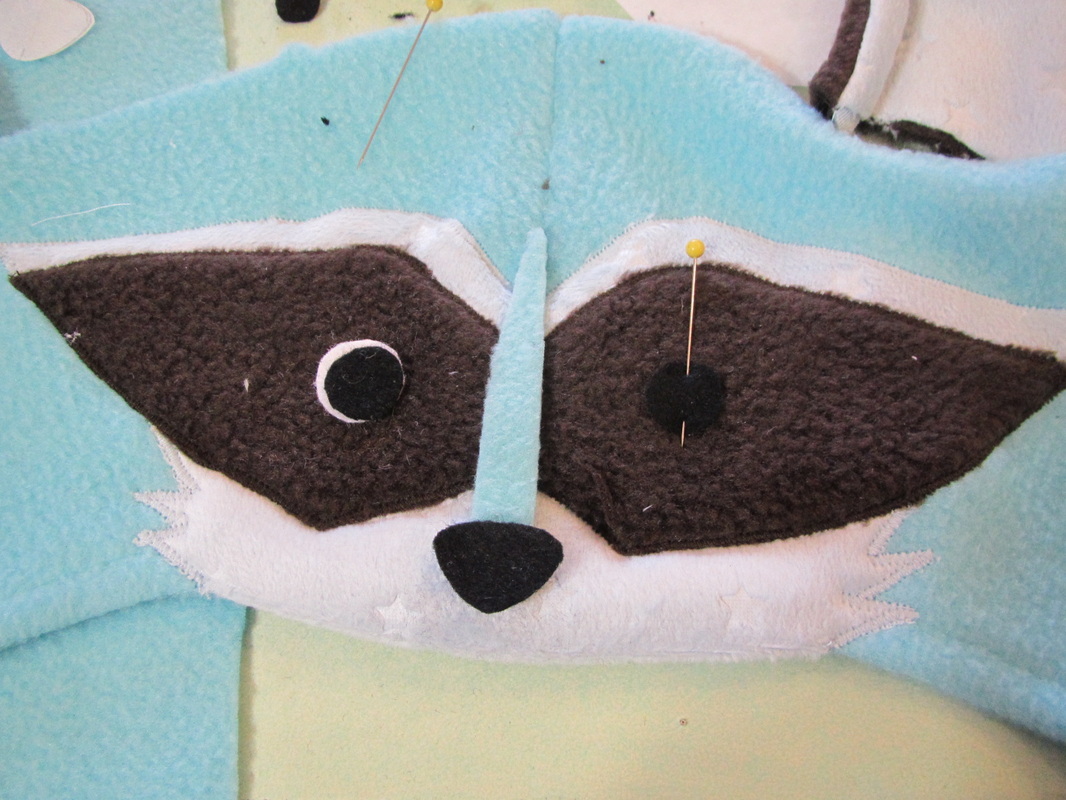
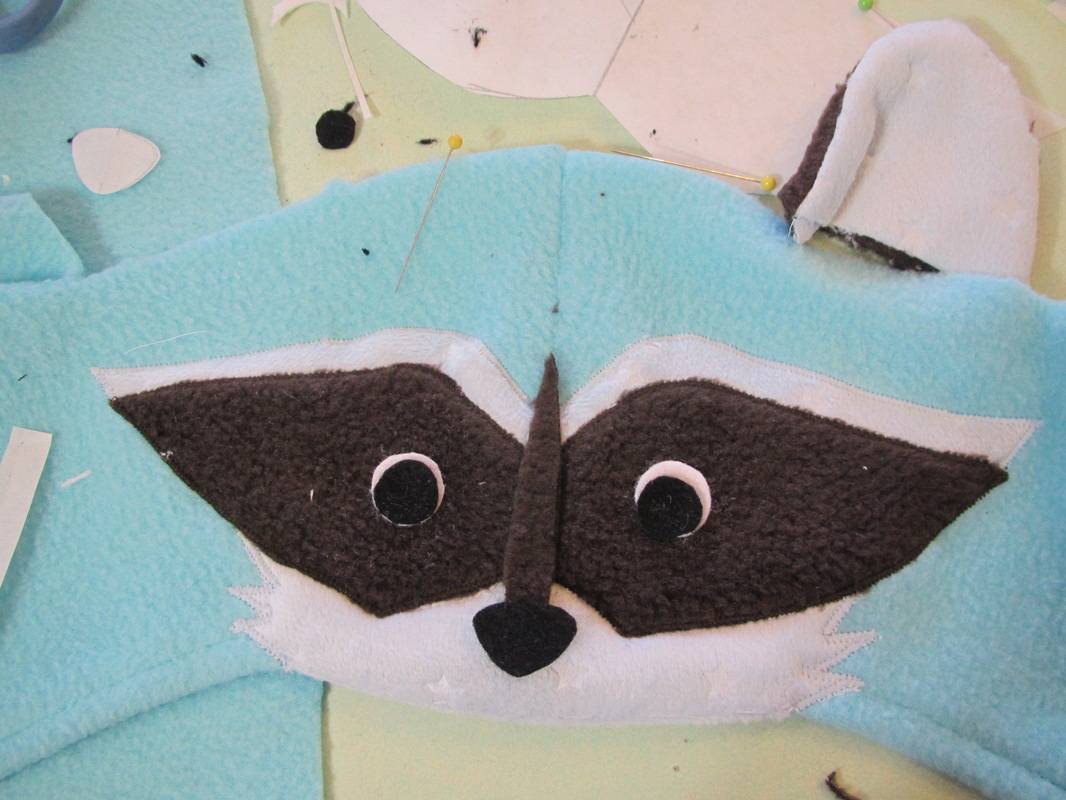

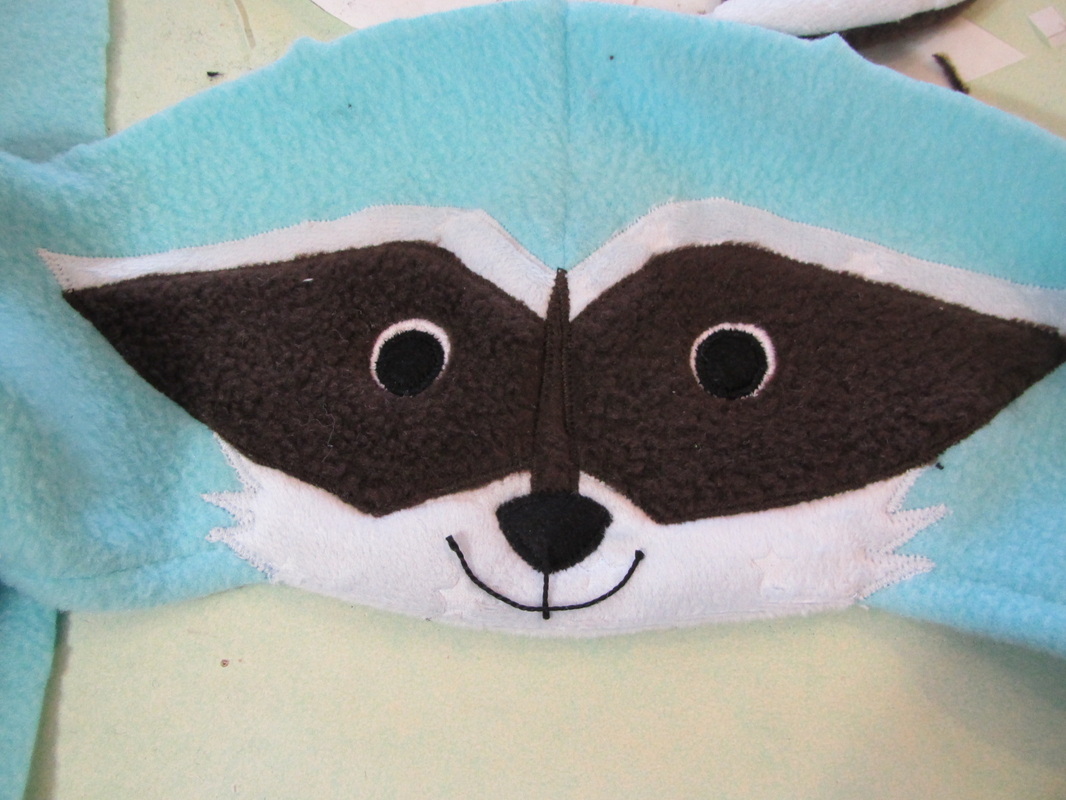
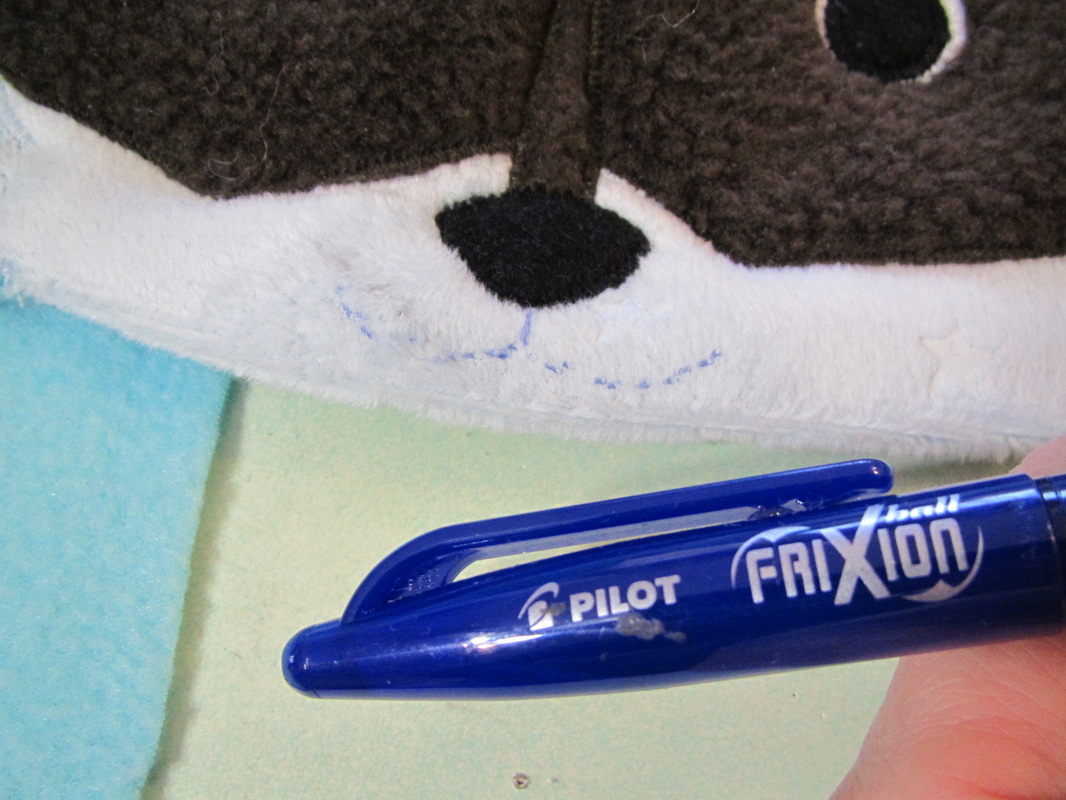
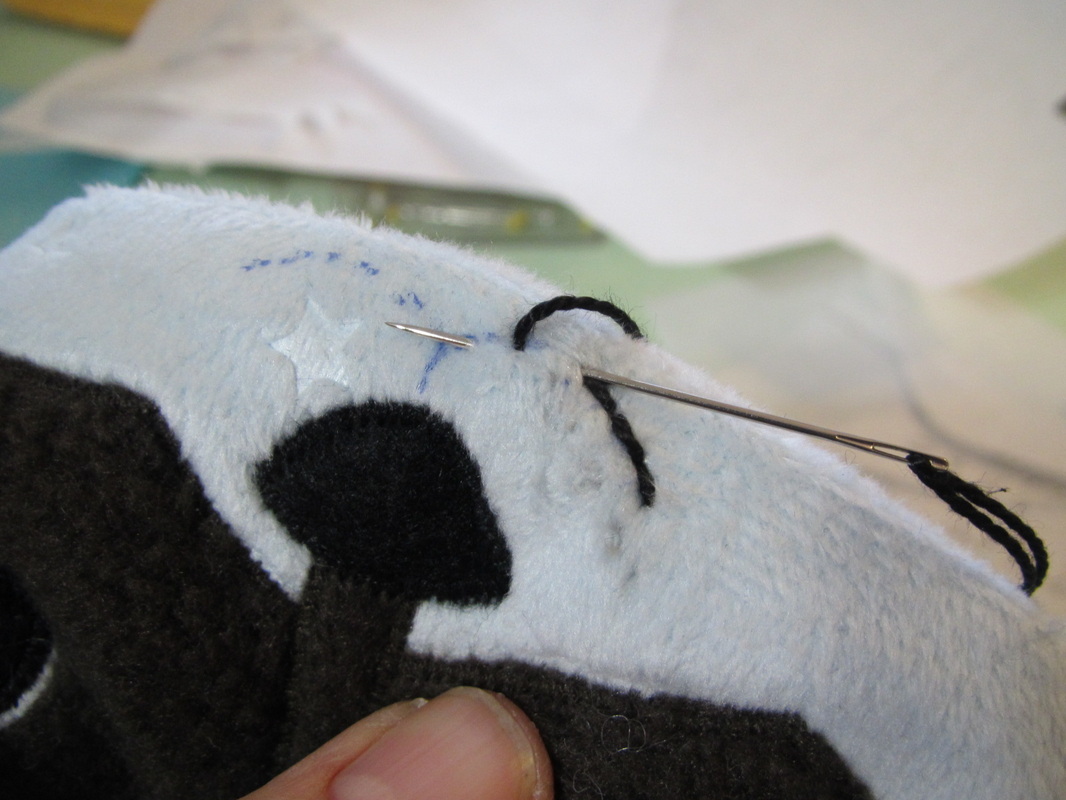
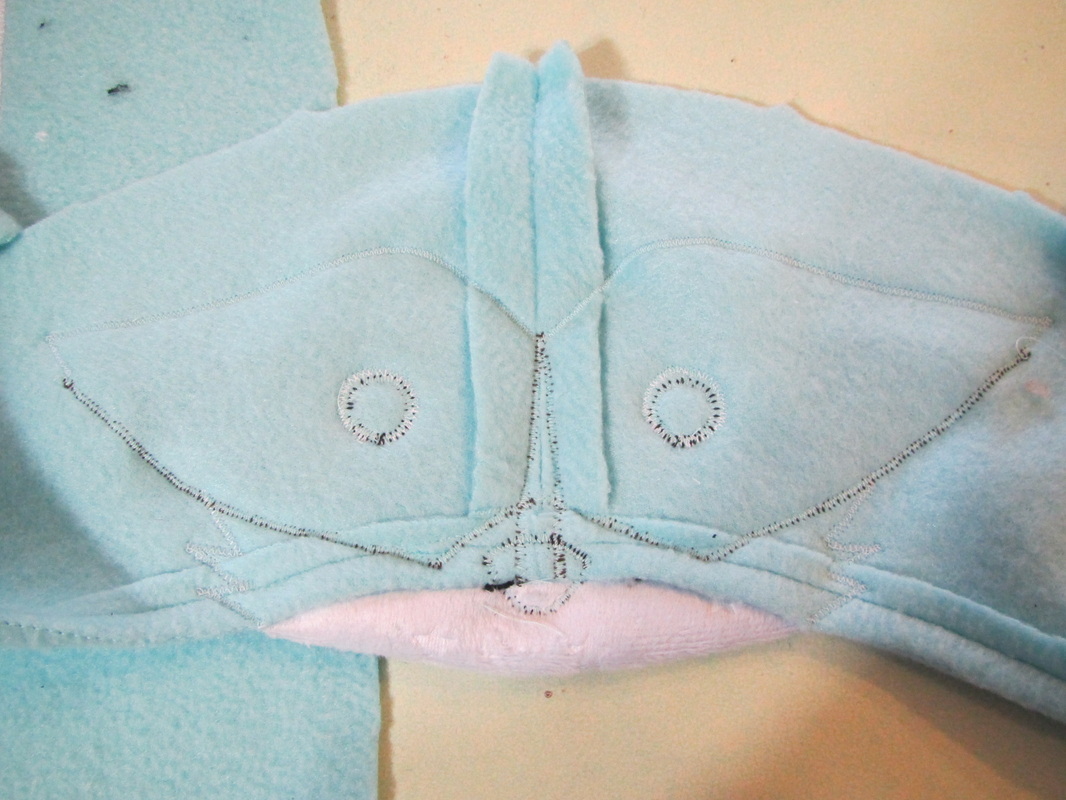
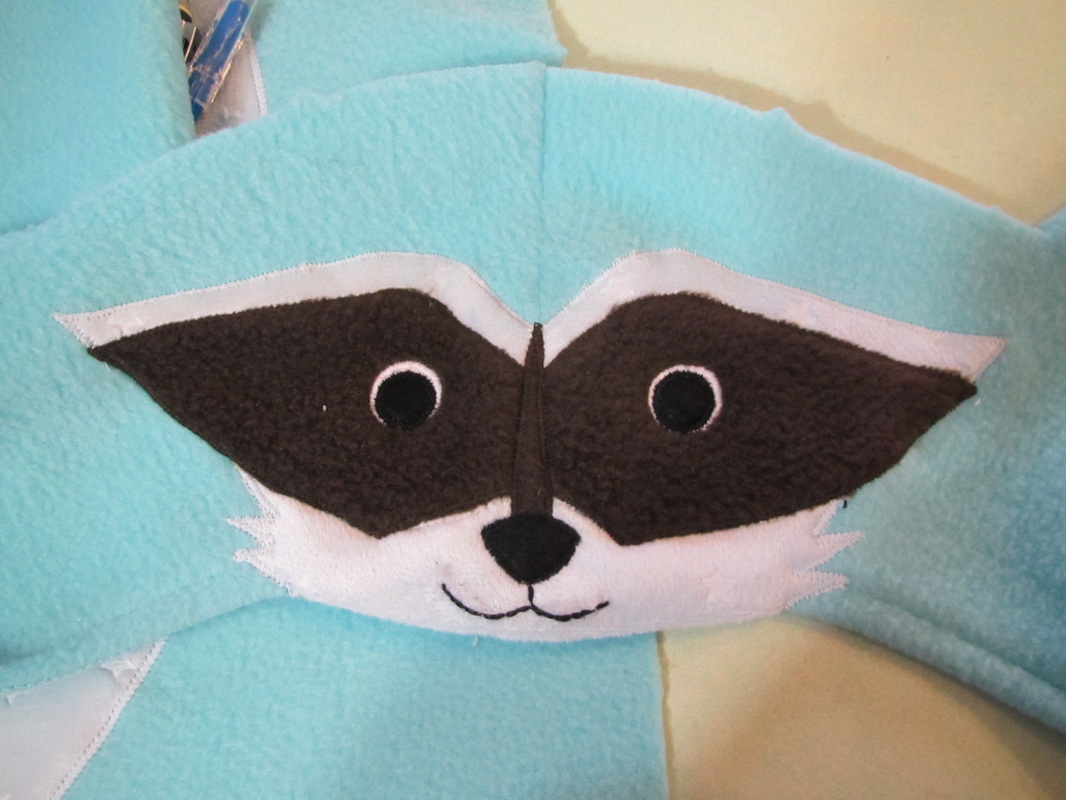
 RSS Feed
RSS Feed